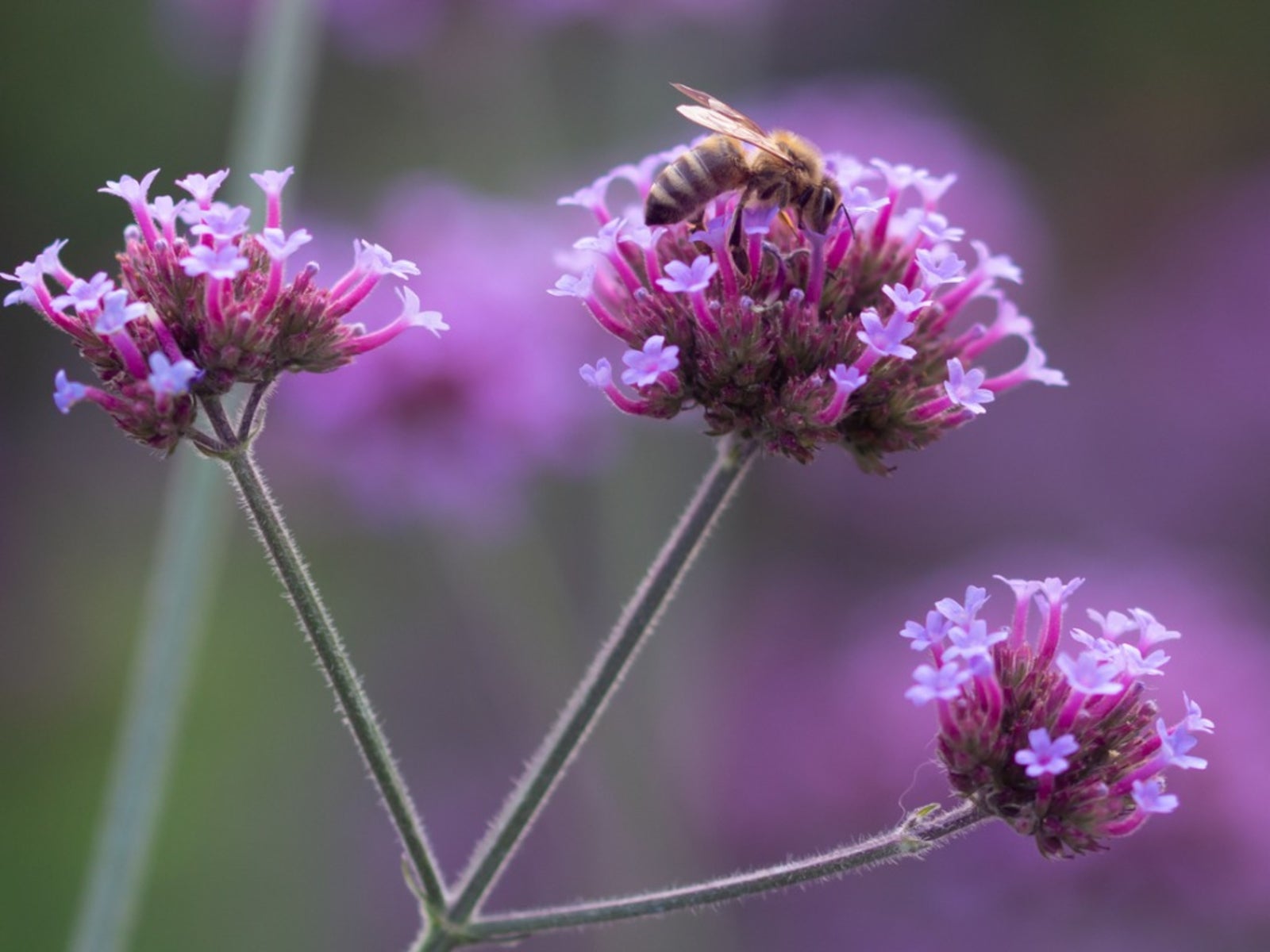Pollinator Gardens: Creating A Pollinator Garden


You don't need a lot of space to start a pollinator garden; in fact, with only a few pots of flowers, you can attract beneficial creatures such as bees and butterflies to the area.
How to Create a Pollinator Garden
Pollinators thrive on flower nectar and pollen. Designate a section of the landscape strictly for a pollinator garden filled with a multitude of grasses, trees, shrubs, and wildflowers. Seek out a site that receives at least six hours of sun each day.
If your space is limited, consider growing the pollinator garden plants in containers filled with rich, well-drained soil.
Be sure to provide water sources for the pollinators. For instance, many pollinators, such as butterflies, like to gather at and sip water from shallow pools, mud puddles, or birdbaths.
Research pollinator species native to your area and find out what plants and habitat elements these creatures need to thrive and reproduce.
Use as many native plants as possible. Native plants are well suited to meet the needs of native pollinator species. In fact, many of these creatures are actually dependent on them. Whether using native or non-native plants, you should choose from a wide range of flower shapes and sizes to suit the feeding preferences of a variety of pollinators.
Since pollinators have different needs during different life cycle stages, maintaining diversity will make the pollinator garden more appealing. For example, the greater variety of plants you have the more pollinators the garden will attract. Diverse plantings are also more likely to attract beneficial insects and birds, as opposed to harmful pests. Include flowers that bloom throughout the seasons to accommodate different preferences, as well as to provide pollen and nectar sources throughout different life cycle stages. For instance, provide those that offer both food sources and shelter from early spring through winter.
Gardening tips, videos, info and more delivered right to your inbox!
Sign up for the Gardening Know How newsletter today and receive a free copy of our e-book "How to Grow Delicious Tomatoes".
Appeal to the needs of pollinators through color, fragrance, and flower form. The color of a flower often signals these creatures to stop by. For example, butterflies are attracted to red, orange, and yellow while hummingbirds prefer red, fuchsia, and purple. Fragrant flowers signal many pollinators, including those that only come out at night, such as moths and bats.
The shape of a flower is also important for pollination. For instance, butterflies need to land before feeding and usually prefer flat, open flowers. Tubular flowers help lure pollinators with long beaks and tongues, such as hummingbirds.
Keep the pollinators safe by providing and building nesting structures that welcome them into the pollinator garden.
Never use pesticides or herbicides of any kind in or around the pollinator garden. Even organic pesticides can be potentially harmful to pollinators and herbicides can actually wipe out some of the most important food plants for pollinators.
Plants and wildlife go hand in hand. Plants benefit from attracting pollinators to their flowers. Pollinators benefit from the food resources of plants, and pollination is an essential part of a healthy ecosystem. Without it, most plants could not produce fruit or set seed. If it were not for the flowers and pollinators, you would not be able to enjoy the fruits of their labor.

Nikki Tilley has been gardening for nearly three decades. The former Senior Editor and Archivist of Gardening Know How, Nikki has also authored six gardening books.